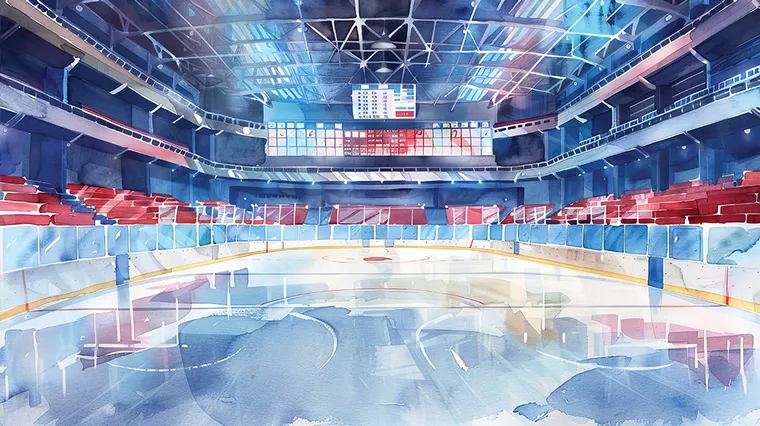
Hidden Dangers
Though ice skating provides joy, connection, and fitness in many communities, unexpected dangers lurk in rinks. Carbon monoxide (CO) poisoning is an unfortunate possibility due to a few factors.

Though ice skating provides joy, connection, and fitness in many communities, unexpected dangers lurk in rinks. Carbon monoxide (CO) poisoning is an unfortunate possibility due to a few factors.